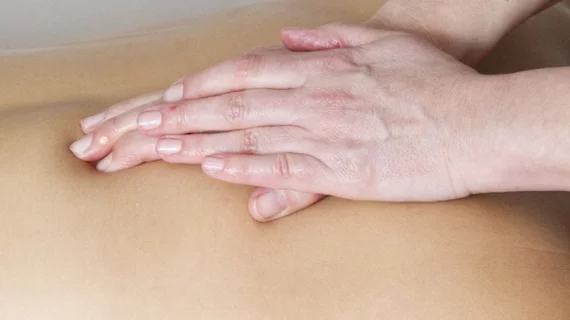Providers in emergency departments are still ordering tens of thousands of images for lower back pain, despite evidence that such scans are frequently unnecessary, wasteful and potentially harmful.
While there has been a modest decline in imaging for these cases over the past five years, about one in every three ED visits for back pain still results in x-ray, CT or MRI testing. And there’s also widespread variation in how much imaging work is done for patients from one state to the next, Johns Hopkins Hospital researchers wrote Tuesday, Nov. 19, in the American Journal of Roentgenology.
Further investigation is needed to better understand why this problem persists, despite healthcare moving full-speed ahead toward value. But the authors believe medical malpractice concerns and lack of time to spend with patients are both key contributors.
“EDs are facing an overcrowding epidemic, the downstream effects of which include potentially decreasing time available for thorough clinical assessments that may avoid imaging,” wrote Jina Pakpoor, a former research fellow at Johns Hopkins who is now with the University of Pennsylvania, and colleagues. “Physicians are also faced with a fear of litigation that leads to decreased likelihood of discharging patients with a purely clinical diagnosis.”
The team reached their conclusions by studying commercial insurance data for thousands of patients ages 18 to 64. They made sure to exclude those with previous ED visits for back pain, as well as diagnoses that suggested trauma, malignancy or infection.
Pakpoor and colleagues identified nearly 135,000 back pain encounters that met the criteria over a five-year period, with images obtained in about 44,000 (almost 34%). While still high, the numbers have trended in the right direction, dropping from about 34.4% in 2011 down to 31.9% in 2016.
The analysis also found widespread variation among states. West Virginia led the way at 52% of ED visits for lower back pain resulting in imaging, followed by Tennessee (45%) and South Carolina (44%). Meanwhile, Utah (18%), Arizona (20%) and Minnesota (20%) saw the lowest rates of unnecessary imaging. Reasons for this widespread variation could include lack of primary care access that’s funneling patients into the ED, and varying provider mix from one emergency room to the next.
The authors noted that the study was also limited by its exclusion of patients over 65—as well as several other factors—and did not capture employment status, representing further avenues for exploration.

